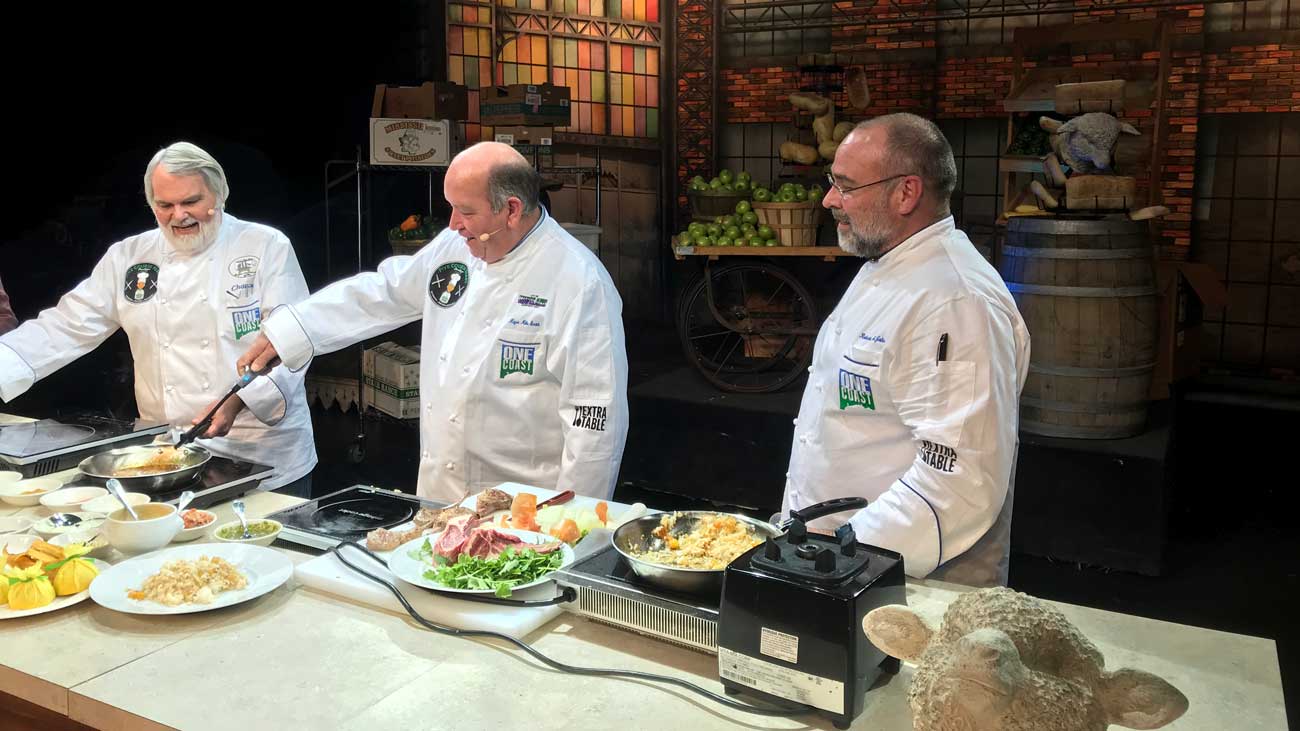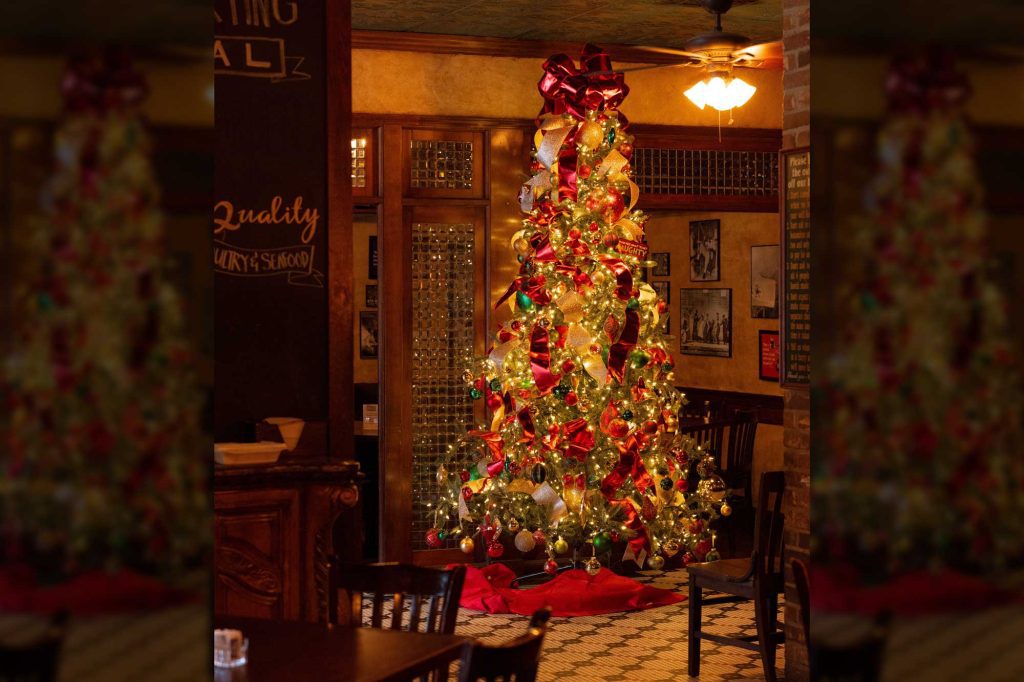One year ago today I was sitting on the rooftop terrace of a upscale Greek hotel in downtown Athens having breakfast with my son while watching the sunrise. Across the street were the ruins of the Temple of Zeus, on a hill in the distance, the Parthenon, on my table, a glass of freshly squeezed orange juice. It was one of the best glasses of orange juice I had ever tasted. All around, it was a perfect breakfast
At the time, I remember thinking— I love freshly squeezed orange juice. I have always loved freshly squeezed orange juice. Whenever I stay in a nice hotel and have fresh orange juice I always wonder why don’t I drink it more often?
Three weeks ago today I started a 10-day juice fast drinking nothing but the juice derived from various fresh fruits and vegetables. To prepare for the fast, I ordered several cases of produce from one of my food purveyors. Realizing that I would need to spike the vegetable juices with fruit blends, I made sure that a case of oranges was in the initial order.
On the first morning, knowing that I would be drinking a lot of vegetable juice blends throughout the remainder of the day, I decided to squeeze a glass of pure orange juice. I remember thinking— this is great, I need to do this more often. Why limit this great experience to luxury hotel stays and juice fasts?
I type this column with “Morning Joe” on mute in the background and a glass of freshly squeezed orange juice by my laptop. I have had a glass every morning since that epiphany, or at least every morning that I have been in town.
The problem with drinking freshly squeezed orange juice every morning is that when one travels out of town, he or she is likely not to find freshly squeezed orange juice, and once you’ve started drinking it, the store-bought orange juice you used to drink tastes pretty bad.
There is no comparison— none— between store-bought juices and the real thing. As a child, my mother made orange juice from frozen concentrate. Until recently, I had been drinking the half-gallon carton variety, which I assumed was “fresh.” I was wrong.
In March of 2010 I researched and wrote a column on orange juice. In that column I stated:
When I started purchasing half-gallon cartons of orange juice, I assumed that it was freshly squeezed since there was no need to add water. Not true. The orange juice that populates the refrigerated section of our grocery stores today is heavily processed and engineered. It could have been squeezed over a year ago, and— more often than not— was squeezed and processed in Brazil.
The Florida orange groves are quickly giving way to condos, and with less expensive shipping, Brazil is quickly becoming the new home to the orange juice industry.
In the 1960s the orange juice industry invented something they call “the flavor pack” which makes the product most of us purchase today taste more like freshly squeezed orange juice. The flavor pack is added to orange juice after it has been pasteurized which takes all of the color and flavor out of the product. The flavor pack is made from orange-derived substances, essence, and oils that are broken down into individual chemicals and then recombined with the juice.
In an article in The Boston Globe, Alissa Hamilton, author of the book, “Squeezed: What You Don’t Know About Orange Juice,” said of today’s orange juice, “In the process of pasteurizing, juice is heated and stripped of oxygen, a process called deaeration, so it doesn’t oxidize. Then it’s put in huge storage tanks where it can be kept for upwards of a year. It gets stripped of flavor-providing chemicals, which are volatile. When it’s ready for packaging, big orange juice companies hire flavor companies such as Firmenich to engineer flavor packs to make it taste fresh. People think not-from-concentrate is a fresher product, but it also sits in storage for quite a long time.”
When asked why “orange flavor” is not listed in the ingredients of orange juice, Hamilton stated, “The regulations were based on standards of identity for orange juice set in the 1960s. Technology at that time was not sophisticated at all . . . I don’t think the concern is so much ‘are these flavor packs unhealthy?’ The bigger issue is the fact that having to add flavor packs shows the product is not as fresh and pure as marketed.”
Even more reason to drink freshly squeezed orange juice.
There’s really nothing to it. For an orange juice drinker, it is a no-brainer, and easy. I haven’t been juicing some special kind of imported South Seas orange, just regular Valencia oranges grown in Florida. It takes about three medium-sized Valencia oranges to make eight ounces of juice. The cost per glass is less than a dollar. A Krups electric juicer is about $75.00 and will last a long time. Though the manual ones work just as well and will last forever.
I am hooked for life.



